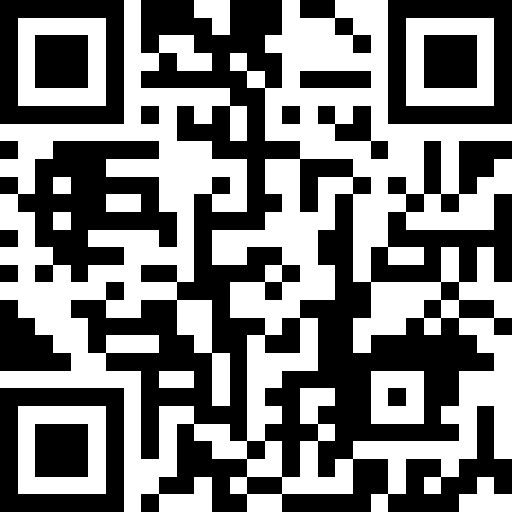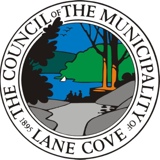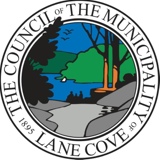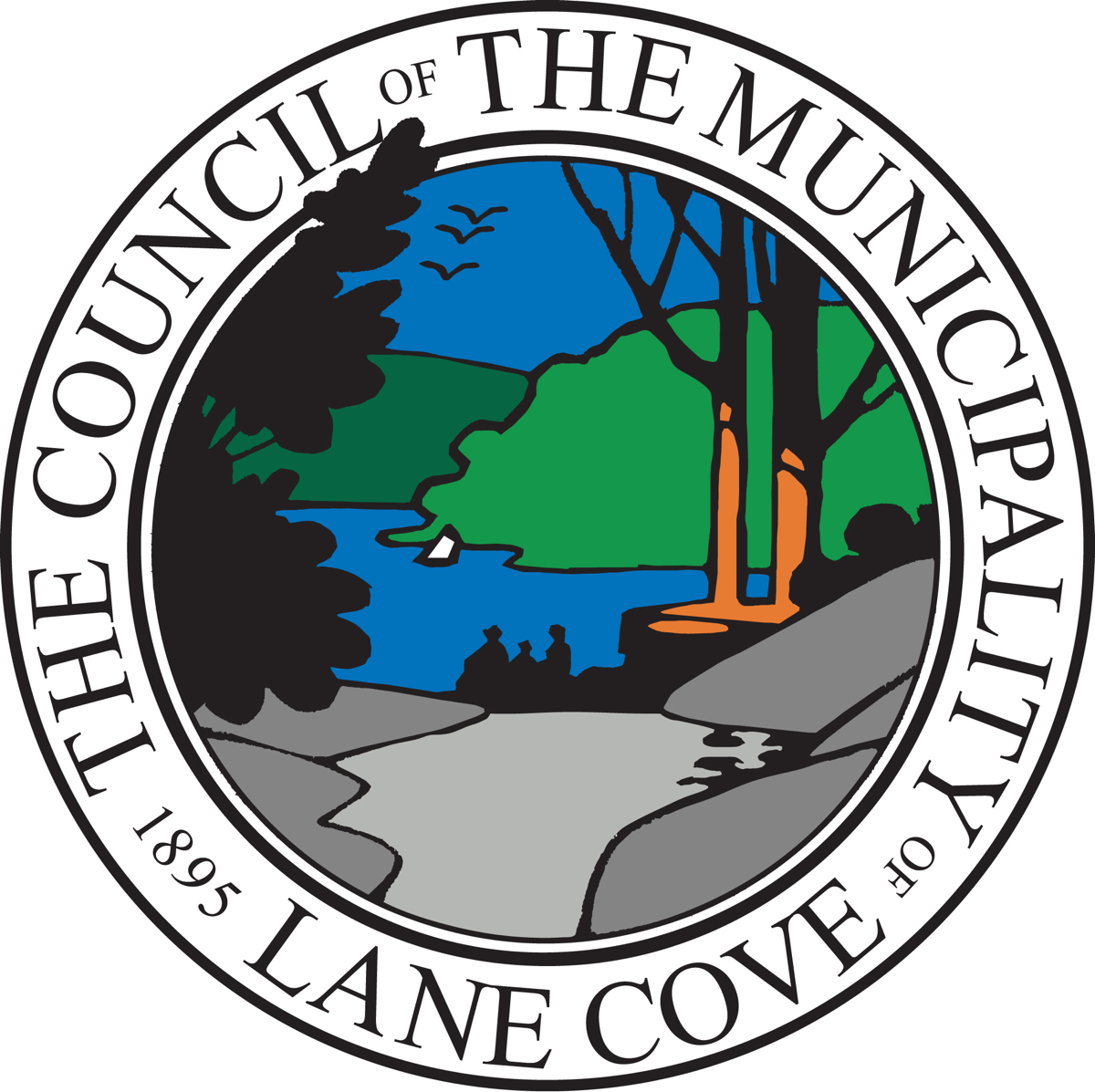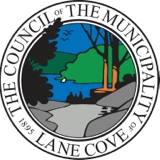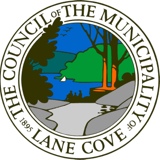Information
-
Conducted on
-
Inspection Type
- Routine
- Reinspection
- Compliant
- Outbreak Investigation
- Failed audit
- RMP review
- Reportable HCC result
- Reportable Legionella result
Premise Details
-
Council ID for Cooling Water System (CWS)
-
CWS Current Risk Level
-
Total number of cooling towers in system
-
Unique Identification Number/s (UIN)
-
System Address
-
Make/Model
-
Location on site
-
Location within building
-
Details
Contact Details
-
Occupier's Name
-
Street Address
-
Postal Address
-
Mobile (24 hour contact)
-
Email
-
ABN/ACN
Building Manager
-
Name
-
Phone
-
Email
Water Treatment Company
-
Name
-
Phone
-
Email
Servicing Company
-
Name
-
Phone
-
Email
Water Sampling Contractor - Micro
-
Name
-
Phone
-
Email
Water Sampling Contractor - Chemical
-
Name
-
Phone
-
Email
Other Contacts
-
Contact
-
Name
-
Phone
-
Email
Urgent Contact
-
Same as Existing Contact?
-
Name
-
Phone
-
Alternate phone
-
Email
-
Which contact?
-
Note: Urgent contact person/organisation must be able to provide required documentation to regulatory authorities (e.g. Council or NSW Health) within 4 hours of that documentation being requested via phone and/or e-mail.
Documentation
-
Current RMP is in place
-
Remedial actions in RMP are being addressed
-
System is audited annually
-
Monthly report is being completed
-
Operation and maintenance manuals on site
-
Electronic records available within 4hrs of request
Display of UIN
-
UIN displayed on each cooling tower in approved manner
Microbial Sampling
-
Sampling is undertaken monthly and tested by a NATA accredited laboratory
-
Sample is collected at least 72 hours after disinfection/decontamination/cleaning
-
Sampling point on the return leg of chemical dosing
-
Sample < 100,000cfu/ml HCC and <10cfu/ml Legionella within last 12 months
-
If non-compliance:???
-
If water sample is collected during the inspection for testing, please indicate the sample location
-
Other Location
Risk Assessment
Stagnant Water
-
CWS in continuous operation (i.e. not shut down for periods > 48 hours) or otherwise drained, cleaned and kept dry if operated intermittently or seasonally
-
No dead legs observed
-
Other
-
Assessment
Nutrient availability and growth
-
CWS visibly clean with no signs of sludge, slime, sediment, biofilm, algae, fungi, rust, dust, dirt or foreign material
-
CWS cleaned at frequency in accordance with RMP
-
Direct sunlight prevented from entering wetted areas
-
Other
-
Assessment
Poor water quality
-
Chemicals are automatically dosed, or automatic continuous water treatment system is installed
-
Adequate chemical volume remaining in chemical containers
-
Chemical supply lines clear from blockage and not kinked
-
Monthly servicing and water sampling completed. If servicing is outside of specified control range in RMP, appropriate corrective actions undertaken
-
Other
-
Assessment
Deficiencies in CWS
-
Louvress in place, constructed of corrosion resistant material, fitted to prevent entry of contaminants, and in good working condition
-
Fill in place, constructed of corrosion resistant material, designed for effective cleaning and in good working condition
-
Drift eliminators in place, constructed of corrosion resistant material, and in good working condition
-
Other
-
Assessment
Location and access
-
No public access to the cooling tower
-
Safe and easy access provided for cleaning, inspection and maintenance of the system
-
CWS located away from air intakes, exhaust outlets, and passers-by
-
Decommissioned cooling tower/s not in operation
-
Other
-
Assessment
Inspection Outcome
-
Inspection Result
-
Further Actions
- No action required
- Verbal warning
- Warning letter
- Reinspection
- Improvement Notice
- Prohibition Order
- PIN
- Charge for microbial sample
-
Comments/Direction
Officer Details
-
Name
-
Title
-
Signature
-
Phone
-
Email
Person spoken to onsite
-
Name
-
Title
-
Signature
-
Phone
-
Email





